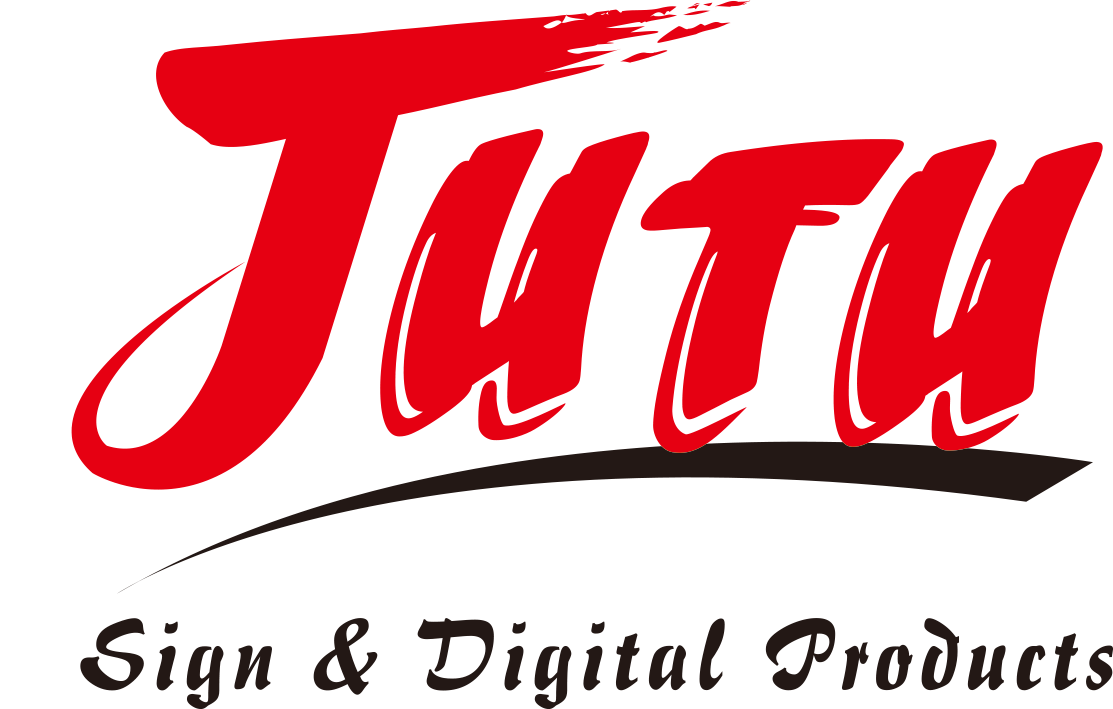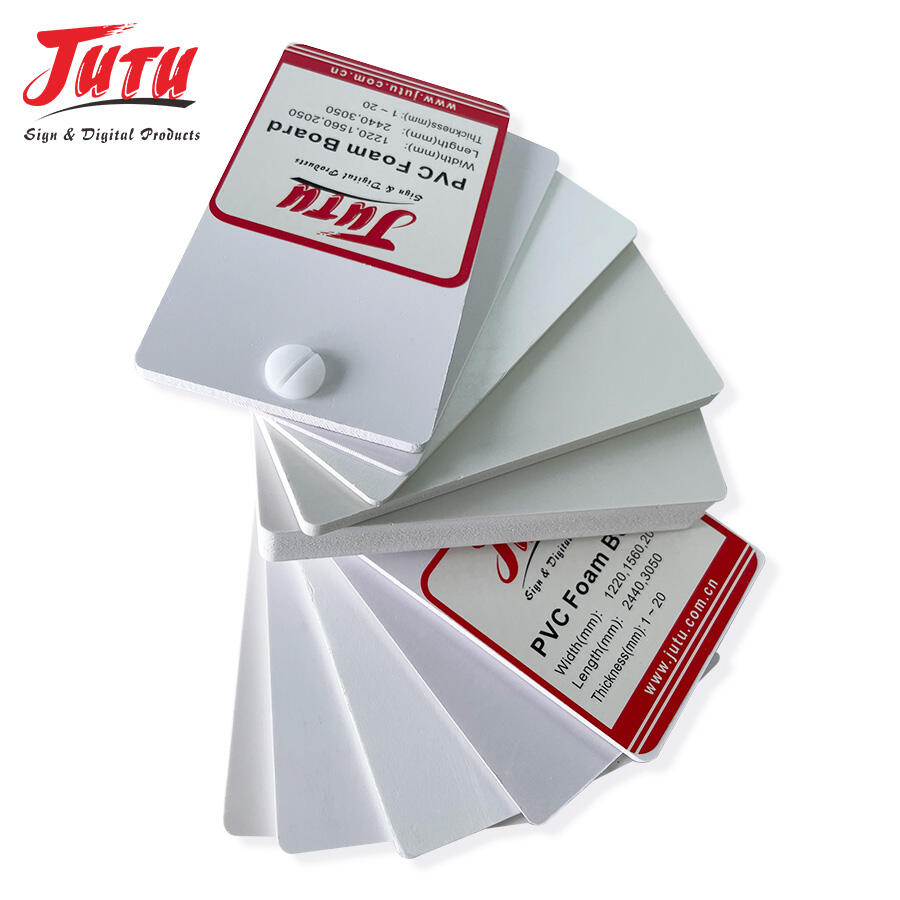Introduction to PVC Celuka Foam Sheets
PVC Celuka foam sheets have become one of the most popular materials in the exhibition and advertising industry due to their lightweight, durability, and excellent printability. These sheets are made through the Celuka extrusion process, which creates a solid outer surface and a foam core. This unique structure gives PVC Celuka foam sheets superior strength and smoothness, making them ideal for applications where both appearance and stability matter.
In trade show environments, where displays need to be both visually appealing and easy to assemble, PVC Celuka foam sheets offer a perfect balance of aesthetics and performance. They are easy to cut, shape, and print on, allowing exhibitors to design attractive panels, signage, and booths without compromising quality. The material’s versatility also extends beyond exhibitions, finding use in construction, furniture, and interior design.
PVC Celuka foam sheets are valued for their long-lasting surface finish, weather resistance, and cost-effectiveness. Their adaptability makes them an excellent option for trade show professionals looking to create strong, lightweight, and eco-friendly display solutions.
Advantages of PVC Celuka Foam Sheets
Lightweight and Easy Handling
PVC Celuka foam sheets are remarkably light, making them convenient for transport and installation. Their low density does not compromise rigidity, allowing exhibitors to build sturdy structures that are easy to move and reassemble during events.
Excellent Surface Quality
The smooth and hard surface of PVC Celuka foam sheets supports high-resolution printing and vinyl application. This feature enhances visual presentation, providing a professional finish ideal for trade show graphics, wall panels, and signage.
Moisture and Impact Resistance
PVC Celuka foam sheets are resistant to moisture and impact, which ensures durability even in crowded or outdoor exhibition environments. Their resilience allows for repeated use, reducing replacement costs for exhibitors and businesses.
Environmental and Economic Value of PVC Celuka Foam Sheets
Recyclable and Eco-Conscious
PVC Celuka foam sheets are recyclable and designed to minimize environmental impact. Their production involves less material waste, and the sheets themselves can be reprocessed for future use. This aligns with the growing sustainability focus in the exhibition industry.
Cost-Effective Solution
Compared with wood or metal panels, PVC Celuka foam sheets offer a lower-cost alternative without sacrificing performance. Their reusability and durability help exhibitors save money over multiple trade show cycles.
Long-Term Value in Display Design
Because of their robust structure and long lifespan, PVC Celuka foam sheets provide lasting value. They maintain their appearance even after repeated handling, making them a practical choice for ongoing promotional events and corporate exhibits.
Applications of PVC Celuka Foam Sheets in Trade Shows
Exhibition Booth Construction
PVC Celuka foam sheets are widely used for booth walls, partitions, and counters. Their easy-to-cut structure allows custom shapes and sizes, helping brands stand out in competitive trade show environments.
Signage and Visual Branding
PVC Celuka foam sheets are ideal for printed signs, backdrops, and product displays. The smooth surface ensures vivid color representation, which enhances brand visibility and message delivery.
Display Fixtures and Accessories
From shelving to product platforms, PVC Celuka foam sheets provide the strength and aesthetic consistency needed for creative exhibit designs. Their lightweight nature also simplifies setup and teardown.

Design and Performance Benefits of PVC Celuka Foam Sheets
Versatile Fabrication Options
PVC Celuka foam sheets can be cut, routed, drilled, or thermoformed into various shapes. This flexibility enables designers to realize complex creative ideas for trade shows and promotional displays.
Compatibility with Multiple Printing Methods
The even surface of PVC Celuka foam sheets allows compatibility with digital, UV, and screen printing. This ensures that exhibitors can achieve vibrant, durable prints for branding or information panels.
Long-Lasting Aesthetic Appeal
The material resists scratches and discoloration, keeping trade show installations looking new for years. Its ability to maintain color and finish enhances the professionalism of any exhibition setup.
Durability and Maintenance of PVC Celuka Foam Sheets
Weather and Chemical Resistance
PVC Celuka foam sheets can withstand varying temperatures and humidity, making them suitable for both indoor and outdoor trade shows. Their chemical resistance also prevents damage from cleaning agents and adhesives.
Low Maintenance Requirements
The smooth, non-porous surface makes PVC Celuka foam sheets easy to clean and maintain. Dust and stains can be removed quickly, ensuring displays stay attractive throughout an event.
Longevity and Reusability
PVC Celuka foam sheets can be used across multiple exhibitions without deterioration. Their resistance to warping and cracking ensures long-term performance and minimizes replacement frequency.
Technological Advancements in PVC Celuka Foam Sheet Production
Improved Extrusion Processes
Modern Celuka extrusion technology ensures uniform cell structure and consistent sheet thickness. This results in enhanced strength, smoothness, and performance across applications.
Enhanced Surface Finishes
Manufacturers now offer PVC Celuka foam sheets in various finishes, including matte, gloss, and textured options. These choices allow exhibitors to align their display design with brand aesthetics.
Sustainable Production Methods
The use of recyclable PVC and energy-efficient manufacturing systems helps reduce environmental impact. Many suppliers focus on green production to meet international environmental standards.
Why PVC Celuka Foam Sheets Are the Ideal Choice for Exhibits
Professional Presentation and Branding
PVC Celuka foam sheets provide a sleek, modern appearance that supports brand professionalism. Their ability to deliver clean lines and crisp graphics makes them a favorite among exhibition designers.
Fast and Flexible Installation
Because of their lightweight nature and fabrication flexibility, PVC Celuka foam sheets allow quick installation. Exhibitors can modify layouts or replace sections easily during events.
Long-Term Investment Value
Their reusability, combined with minimal maintenance and excellent durability, gives businesses a cost-efficient, professional display material for ongoing marketing efforts.
FAQ
What makes PVC Celuka foam sheets ideal for trade show exhibits
PVC Celuka foam sheets combine light weight, durability, and smooth surfaces that support high-quality printing. These features make them suitable for temporary yet professional trade show structures.
How long can PVC Celuka foam sheets be used
PVC Celuka foam sheets can last for years with proper handling. Their resistance to moisture and impact ensures they remain in excellent condition even after multiple uses.
Are PVC Celuka foam sheets environmentally friendly
Yes, PVC Celuka foam sheets are recyclable and produced with reduced material waste, supporting eco-conscious exhibition practices.
Can PVC Celuka foam sheets be customized
PVC Celuka foam sheets can be cut, shaped, and printed according to design requirements. They are available in various thicknesses, colors, and surface finishes to match different applications.
Table of Contents
- Introduction to PVC Celuka Foam Sheets
- Advantages of PVC Celuka Foam Sheets
- Environmental and Economic Value of PVC Celuka Foam Sheets
- Applications of PVC Celuka Foam Sheets in Trade Shows
- Design and Performance Benefits of PVC Celuka Foam Sheets
- Durability and Maintenance of PVC Celuka Foam Sheets
- Technological Advancements in PVC Celuka Foam Sheet Production
- Why PVC Celuka Foam Sheets Are the Ideal Choice for Exhibits
- FAQ

